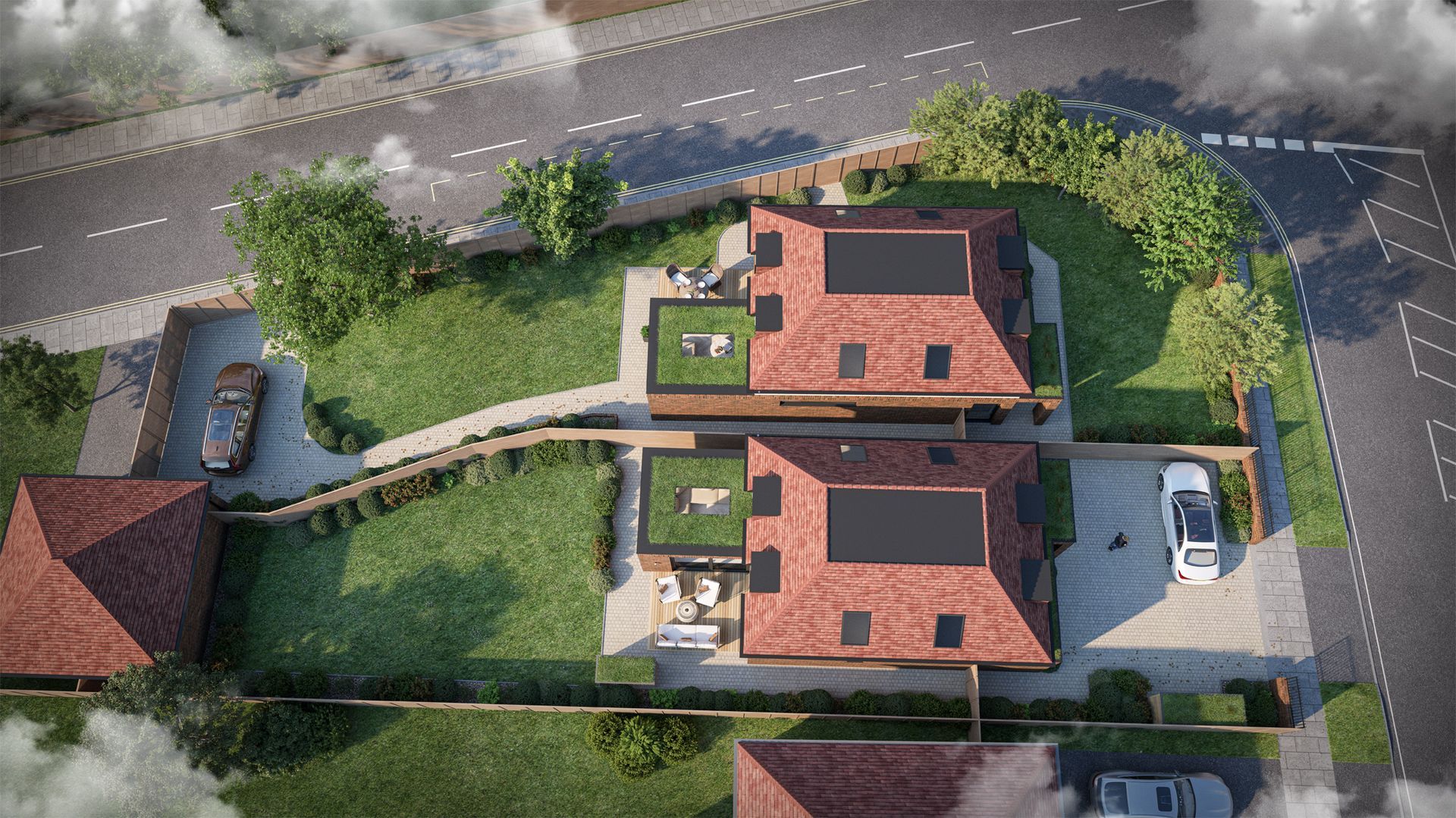Beyond the Benchmark: How Offsite Timber Technology from Finland is Delivering Ultra Low-energy Housing

The housing industry in the UK is on the brink of a significant shift. The final specifications for the new Future Homes Standard, including the implementation date, are set to be announced this year. The aim is to decarbonise new homes in England by improving energy efficiency and reducing heat loss.
While the regulations should deliver better outcomes in the critically important drive towards net zero, they still lag behind what is already being achieved in countries such as Finland.
Around 70 per cent of new homes in Finland are constructed using timber-framed offsite manufacturing. This is not an aspiration; it is current practice that has been honed over decades and thousands of units.
The result is a more mature offsite sector that consistently delivers high-performance homes which significantly exceed Passivhaus energy standards, as standard and at no cost premium.
In contrast, the UK’s housing sector is still largely reliant on traditional, site-based construction. Despite increasing interest in MMC, widespread adoption has yet to be embraced by the volume housebuilders and residential property developers.
However, as pressure increases to meet stricter energy and air tightness standards and the long-standing challenges facing UK construction, the case for wider use of offsite manufacturing becomes ever more compelling.
Lessons from Finland
Drivers for MMC in the UK are the challenges still facing the wider construction industry:
- Skills shortages
- Lack of productivity
- Substandard quality
- Rising demand for new housing
- Reducing environmental impact
- Improving energy efficiency.
These drivers for offsite are different to those in Finland but the desired outcome of exceptional quality homes with no or ultra-low energy bills, delivered cost effectively, is equally applicable in both countries.
Unlike in the UK, there is limited mass housebuilding in Finland. The majority of new homes are developed privately. This means that offsite housing has to deliver customers’ expectations for quality, design flexibility, high energy and thermal performance to address the climate extremes, cost efficiently. These are not constraints for offsite in Finland – and these system capabilities are highly valuable for the UK market.
The Importance of a Dry Timber Process
One of the reasons advanced timber superstructures from Finland can deliver such high-quality housing, is that there is complete control of the timber – from forest to sawmill, offsite manufacturing to site. The process is entirely DRY – which we believe is absolutely fundamental to delivering low or zero energy housing.
If high quality, slow grown Nordic timber is protected from the weather at every stage, it never gets wet and therefore never has to dry out over time. Wet timber means movement – twisting and cracking – which then leads to snagging and heat loss once a house has been built.
When you have dry timber combined with robust offsite manufacturing processes and intelligent design, you can radically reduce air permeability for a higher degree of thermal efficiency – and at no cost premium.
This fabric first approach has to start in the forest and follow through each stage of the product lifecycle and including how the timber superstructure is installed on site.
The impact of this dry timber approach on the quality of new low-rise housing cannot be underestimated.
Beyond Compliance: A New Baseline
The Future Homes Standard is clearly a welcome step in the right direction, aiming to reduce carbon emissions and energy consumption in new homes. Key anticipated improvements include reduced air permeability and enhanced insulation to generate lower energy bills for homeowners and tenants.
However, for many housebuilders still using traditional site-based construction methods, compliance will come with higher cost and increased risk of non-compliance and remediation work. The skills required to deliver ultra-low energy homes – especially to achieve the required level of airtightness – are not readily available on most UK sites.
This is where offsite manufacturing comes into its own.
TALO is bringing proven timber offsite superstructure technology to the UK from Finland. This system already exceeds Passivhaus standards, as standard, and at no additional cost.
On a recent housing project in Bromley, air pressure test results of 0.46 m³/hr/m² were achieved on first test, significantly outperforming both current and future regulatory thresholds.
An Integrated Approach
A common misconception is that meeting the Future Homes Standard will require expensive technology such as ground or air source heat pumps. In reality, the most cost-effective and sustainable strategy begins with the building fabric.
High-performing timber superstructures manufactured offsite and with triple glazing, insulation and internal plasterboard precision-installed in the factory, are already delivering exceptional thermal efficiency and airtightness for low rise housing.
When this offsite technology is combined with mechanical ventilation with heat recovery (MVHR), solar panels, battery storage, and electric underfloor heating, the need for traditional heating or costly heat pumps, is eliminated.
This holistic approach of integrating a highly insulated, precision-manufactured superstructure with the building’s energy strategy, creates homes that exceed regulatory requirements and with energy bills at close to zero levels.
Collaboration and Standardisation
Delivering ultra-low energy homes at scale requires more than technical capability – it demands collaboration and a change of mindset to optimise the benefits of an industrialised process.
TALO’s model is built on a shared vision, with the offsite specialist, architect and housebuilder all focused on improved outcomes – lower energy bills and better-quality housing.
Standardisation does not mean compromising design flexibility. This panelised timber system can be specified for a wide variety of low-rise housing types, tenures, and architectural styles, all delivered with consistency and repeatability – from social housing to executive homes and everything in between.
Advanced timber-framed offsite manufacturing technology, refined and proven for three decades in Finland and now being adopted in the UK, offers a credible and cost-effective route to delivering higher quality housing for everyone.
Image - Green Quarter, Pack Developments
